
The Olofboost is a crucial piece of history for the Counter Strike: Global Offensive scene. On that day, we all lost something, gained something, and saw something. As Olofmeister shot from his tower, there was a change in the CSGO scene, in both the community and the professional one.
Before talking about the event itself, it is important to look at the context of a such a move. Just a few months before, fnatic narrowly lost in the finals of ESL One Cologne to NiP’s miracle run, and started going on a tear starting from there on: going into Dreamhack Winter, fnatic was on a four LAN event winning streak, with many more online titles, and was starting to move into the dominating spot they would take shortly after, yet with no major title starring this lineup. Their star rifler, flusha, was undergoing cheating accusations from fans, analysts, journalists and pros alike. Their sniper, JW, also had minor accusations and was still ostracized by the community due to the Dreamhack Bucharest 2013 incident. And yet, nobody could deny that the Swedish lineup was the favorite to go on to win the event. The only team that could put up a fight against them was Team LDLC (Which, after a roster changes, would go on to become today’s Team EnVyUs). All the eyes were pointed on these two lineups, and it was generally predicted that the grand finals would feature a matchup between them, unless they were to meet in the bracket stage. And that is exactly what happened.
In the round of 8, Team LDLC and fnatic were put against each other. The two best teams would clash early, and the winner of this match would have to only meet lesser teams on their way to the cup. This was the game to look out for. The first map, Dust2, went to the French side, which thanks to their aim and fast playstyle took it 16-10. The second map, however, was Cache, one of the best ones for the Swedes. They did not disappoint, and ended the game on a 16-8 scoreline, making the series go to map 3. The teams would meet on Overpass: at the time, it was still a relatively new map, only introduced at ESL One Cologne a few months prior, still often banned by most squads, and had no team that could call it their home map. The most important series would be decided on a neutral terrain. But it did not seem so neutral as the game progressed. Team LDLC stood like a wall: the CT side they were so well known for was impeccable, and round after round the hopes of all Swedish fans were starting to fade. The first half was concluded 12-3 in favor of the French. They had their eyes on the prize already: a pistol round win would be enough to make them advance. But coach Devilwalk and his boys were not worrying. They predicted such an eventuality, and they were ready to show their trump card.

fnatic’s CT side pistol round was lost. LDLC was only a couple anti-eco rounds away from victory. But on the other side of the map, the infamous strategy was starting to brew. Through an intricate web of boosts and jumps, olofmeister now stood on top of a tower of doom in their CT spawn, overlooking a great area of the map with his Scout sniper rifle. Whenever a French player would try to make a move to gain map control, Olof would see them and eliminate them. One by one, LDLC players started to fall to what was to them an invisible enemy. The eco was won, and fnatic was back in the game. As the rounds progressed, the strategy was repeated, and with the purchase of an autosniper, the rain of lead from above became even more frequent and powerful, shutting down any attempt from the Terrorists to win a round. For the French lineup, this was a tragedy: where were they being shot from? How could they counter a strategy that they knew nothing about? The casters’ initially excited voice slowly turned into a more puzzled tone as they saw such a tactic win every round for the Swedes. It did not take long before the sixteenth round was won. fnatic had just beat LDLC and would go onto the semifinals.
The community backlash was unprecedented: pros were tweeting from the event about the unfairness and alleged illegality of fnatic’s actions. Fans from all over the world were quick on bashing the team, and Devilwalk’s smug post game interview did not help calm the waters. There were accusations of fnatic asking a user, who had posted the boost on reddit weeks before, to take down the video so that only they could use it at the major. Then the news came: LDLC had officially filed a complaint to the tournament organizers on the ground that for the boost to be done, one of the players had to be pixel walking. And pixel walking, the act of walking on invisible ledges not intended to be there by the developers of the game, was deemed illegal by the ruleset of Dreamhack. After a few hours into the night, the referees gave a verdict: the second half of the game would be replayed the following day, with the boost made illegal. But then came a second complaint, this time from fnatic, accusing LDLC of pixel walking as well. As it turned out, the French team had indeed used a boost in the same spot during their CT side, and although it was not the same type of boost and did not have the same effect on the game, it still involved pixel walking. A second verdict came in: the entire game would be replayed, with all instances of pixel walking made illegal.

But the replay never happened. Early in the morning, fnatic announced they were forfeiting the game, immediately making LDLC the winners. They disposed of Na’Vi 2-0 in the semifinals and eventually won the tournament in a crazy nailbiter against Ninjas in Pyjamas, earning them their first major title. Many took a guess at why the tournament was forfeited: some said fnatic’s sponsors threatened action were they not to save face, some argued they were trying to take the spotlight off of them due to the cheating accusations, and some believed it was a simple sense of guilt. For others, the boost was not even illegal in the first place, since it was in the game and teams should be looking to get any advantage they can in order to win. But either way, the only certainty to come out that day was that the wolf that was fnatic, ready to prey on any team, had been killed. But after the end of the tournament, the wolf came back, and it was a hungry wolf. They won three of their next five LAN events in very convincing fashions and cemented their place as the best team in the world. When the next major came, ESL One Katowice 2015, fnatic made no mistakes and won it, becoming the first team in history to win two major titles. On the day of the Olofboost, we lost something, we gained something and saw something. We lost an amazing storyline that will never be, of a team quickly climbing the world rankings despite the hatred against them. We gained another storyline, of the LDLC lineup coming from nothing and becoming one of the best in the world, beating the odds every step of the way. But what we saw was not simply a CT stacked on top of another firing at unsuspecting enemies. We saw the beginning of a new era, with new formidable contenders fighting with all their might to beat the ones that were considered unbeatable and set the bar higher, to places that no other teams have gone to to this day.

Image credits: Aftonbladet.se, GosuGamers



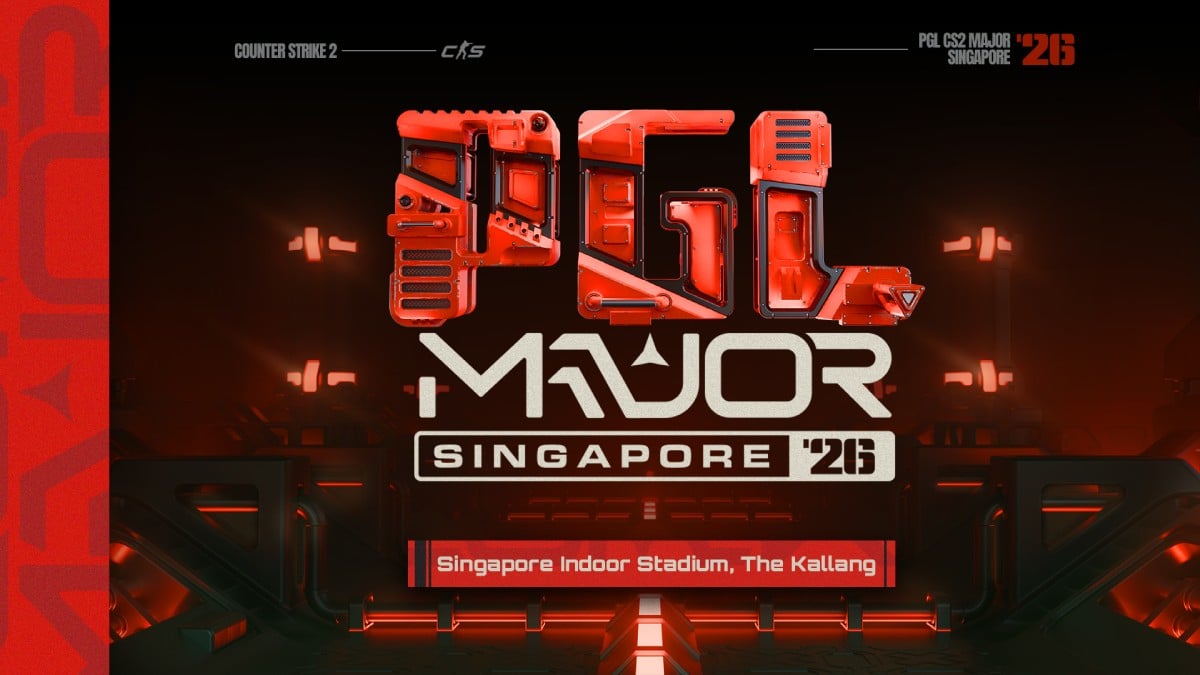

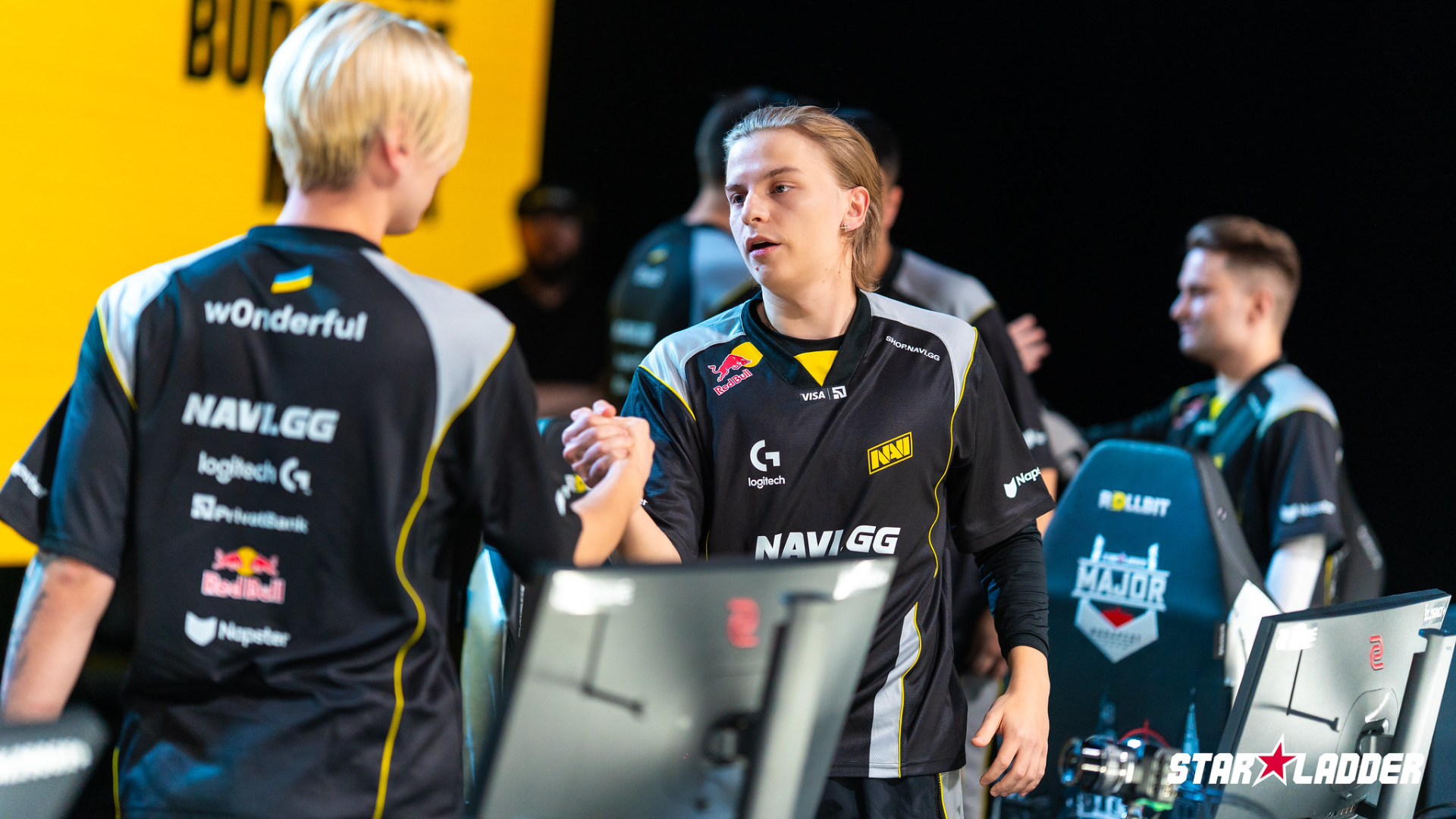

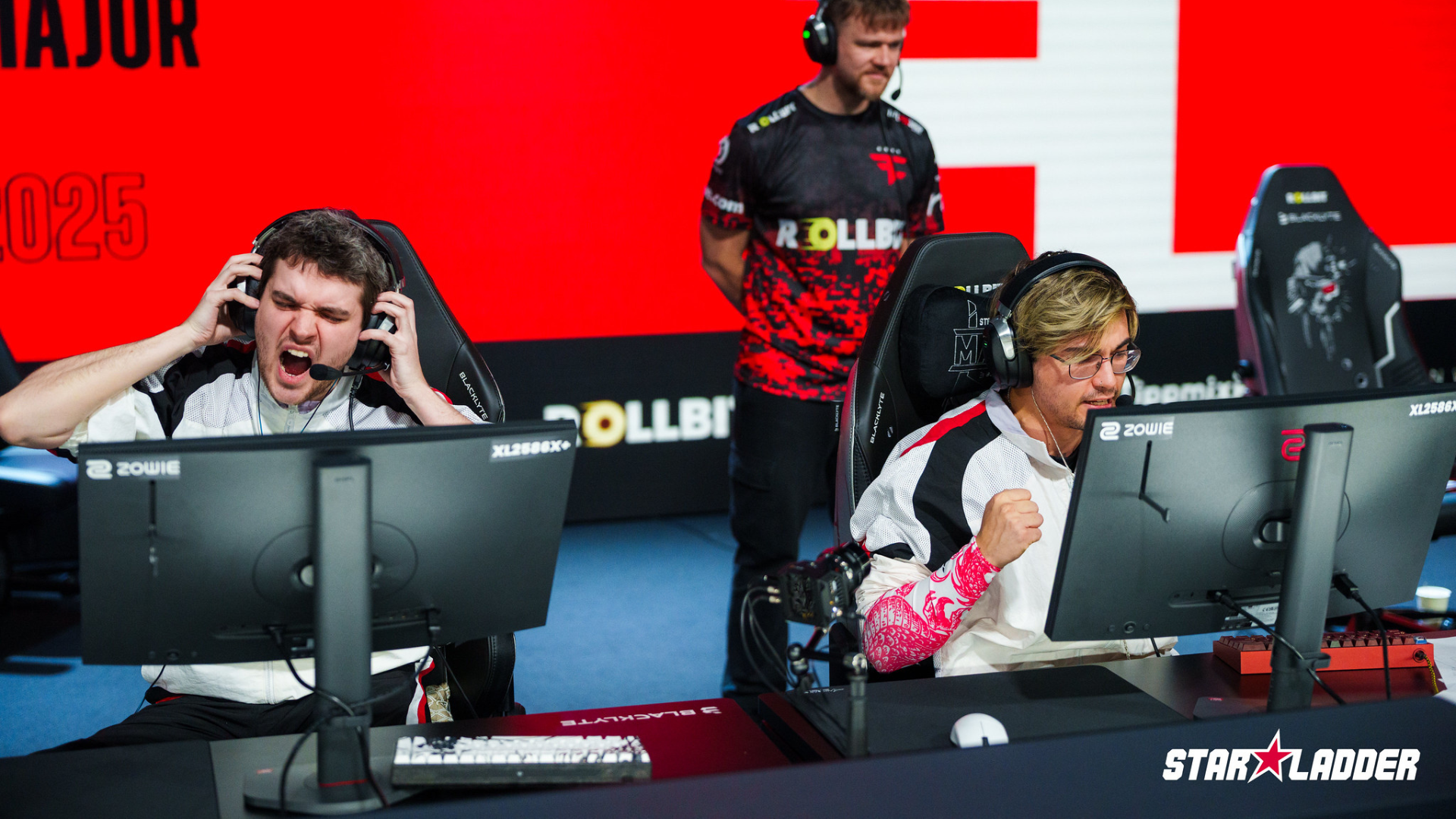

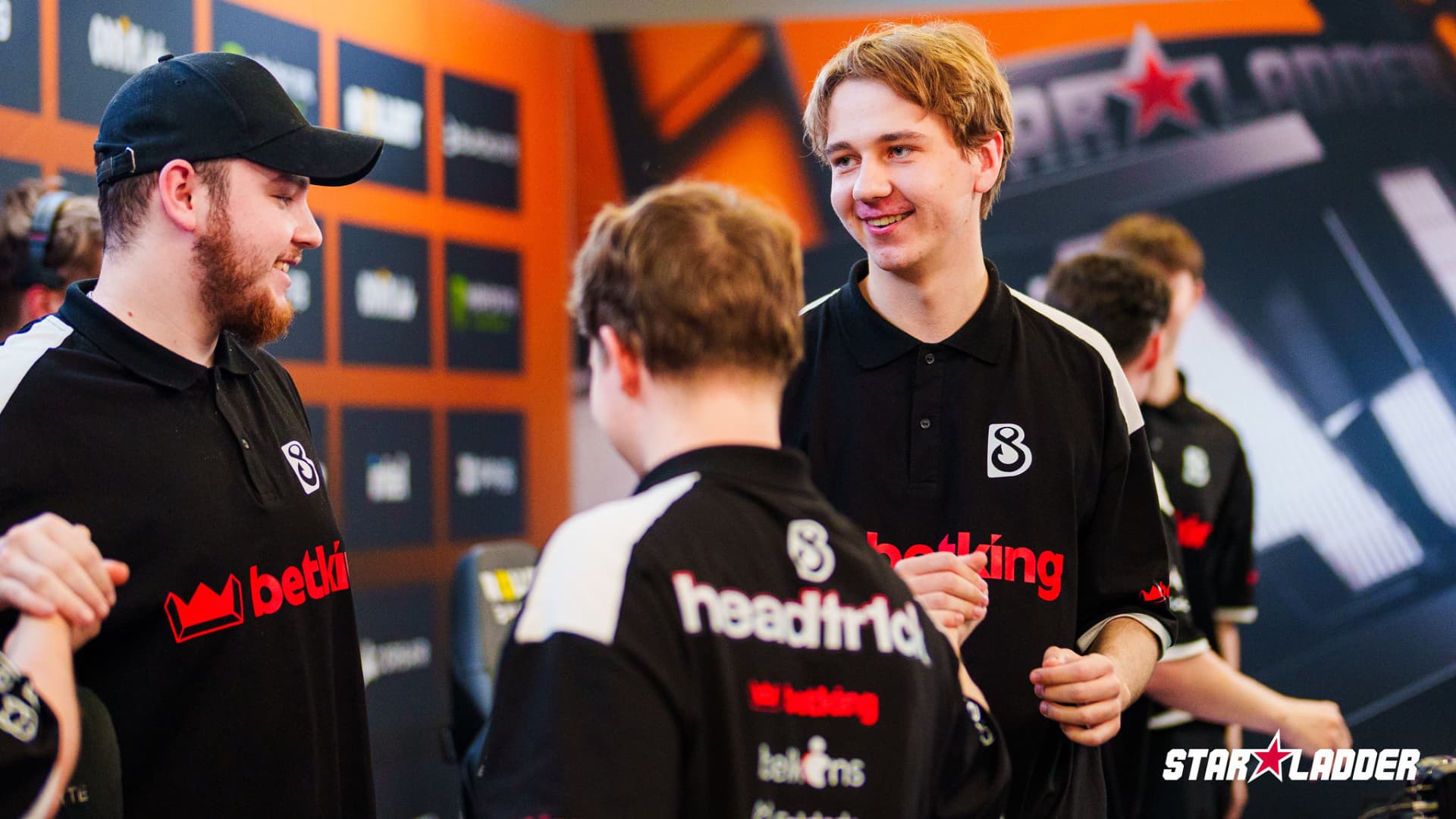
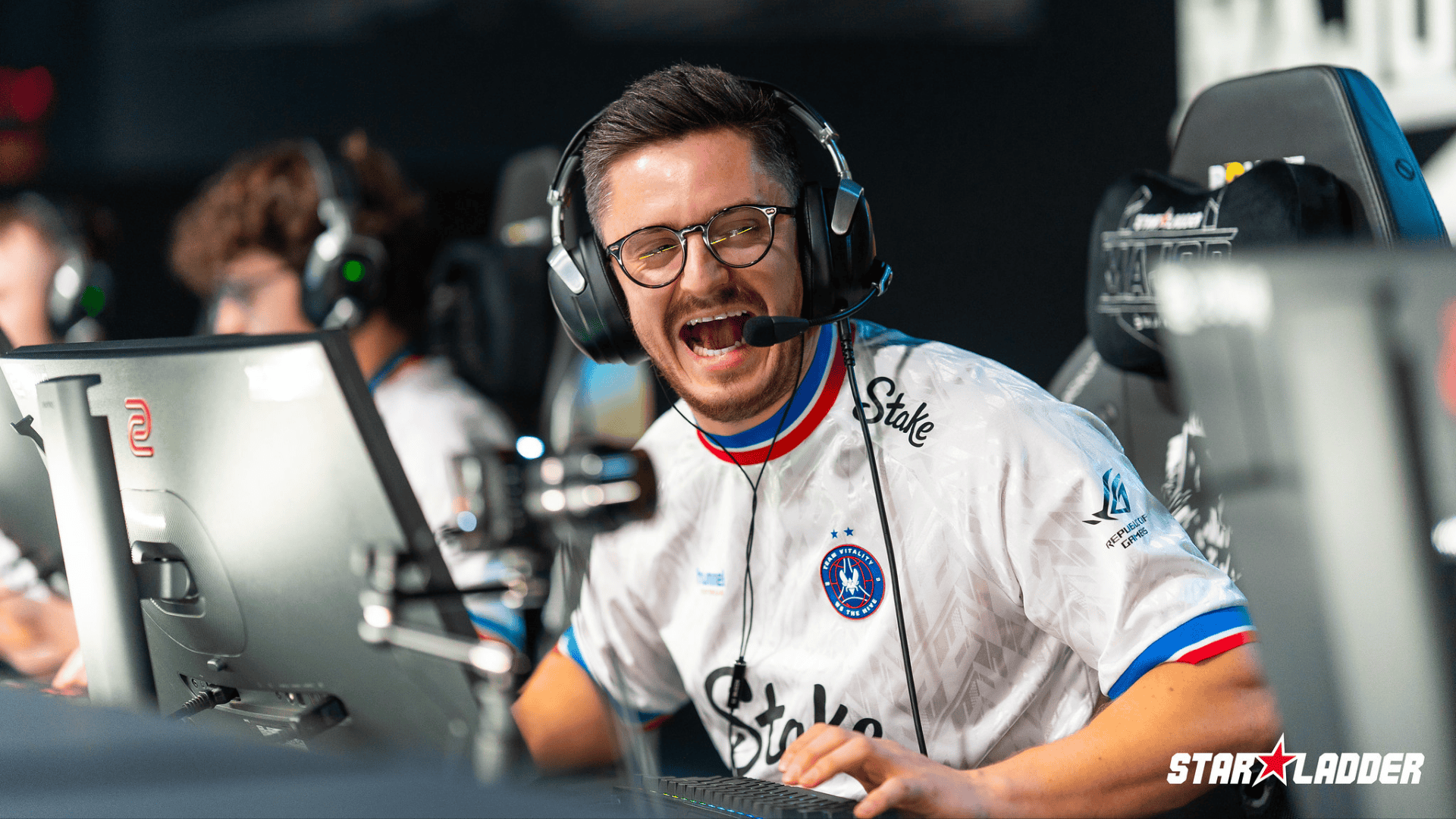
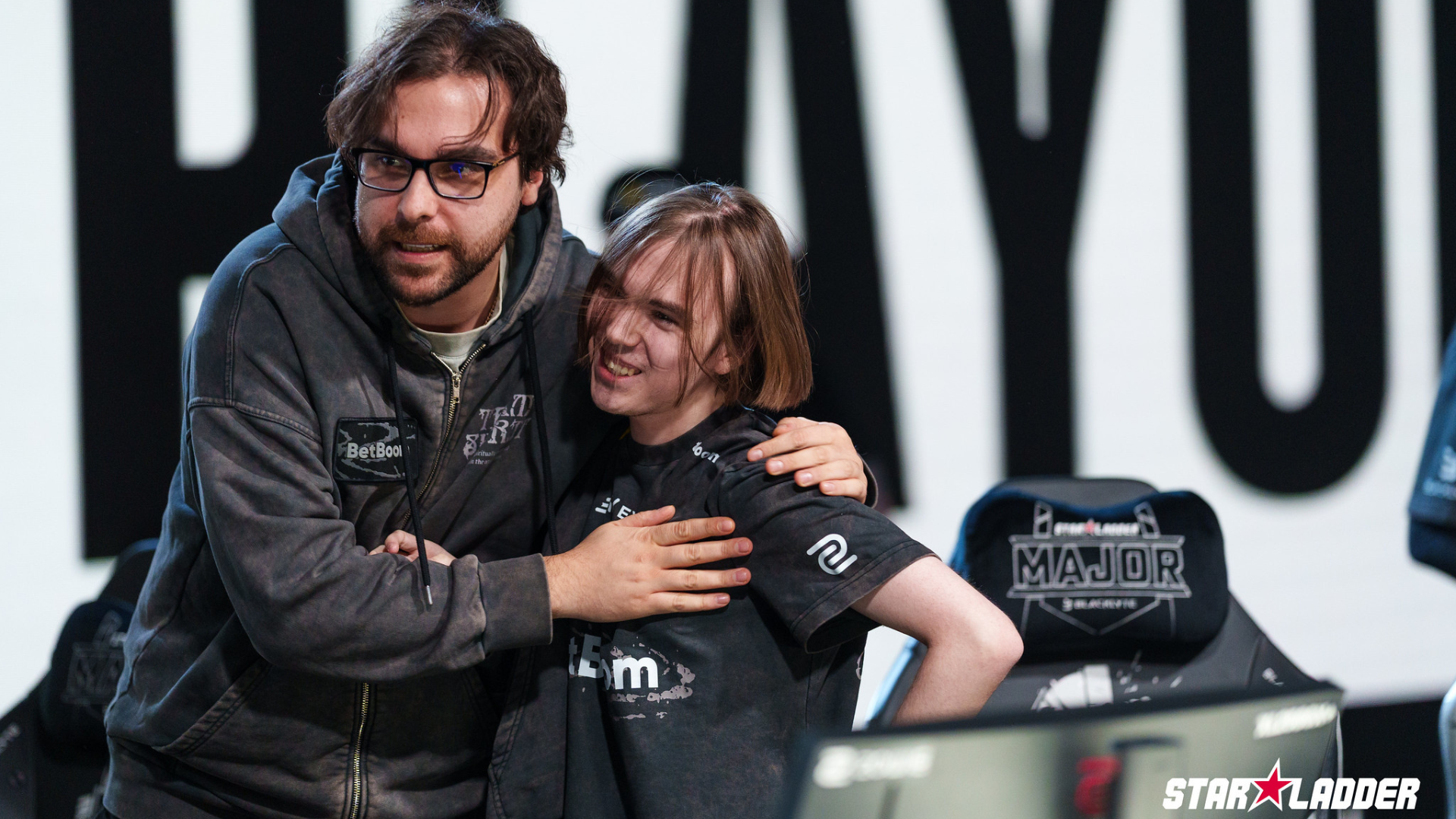
Published: Oct 15, 2015 11:58 am